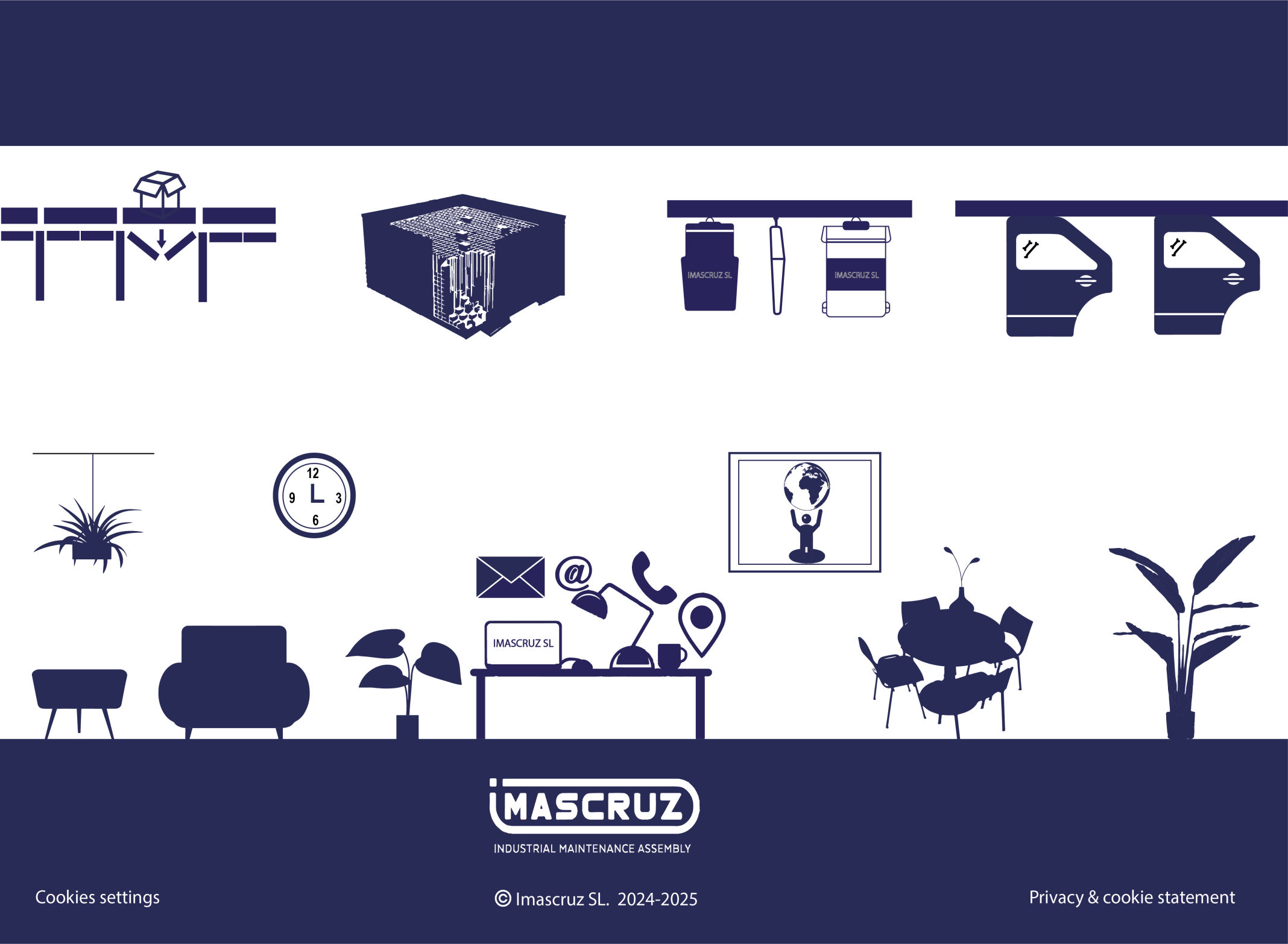Types of Overhead Conveyor Systems:
Beam Conveyors:
They use steel beams to support the load and allow the movement of goods at different levels.
They are ideal for applications that require quick and easy access to stored products.
Closed Track Conveyors:
They use a closed rail system that allows for smooth and continuous movement of goods.
They are common in production lines and logistics warehouses.
Manual Push Conveyors:
Operated manually, they allow goods to be moved from one place to another with minimal effort.
They are useful in areas where full automation is not necessary.
Motorized Conveyors:
They use electric motors to move goods through the production line.
They can be configured to move goods in multiple levels and directions.



